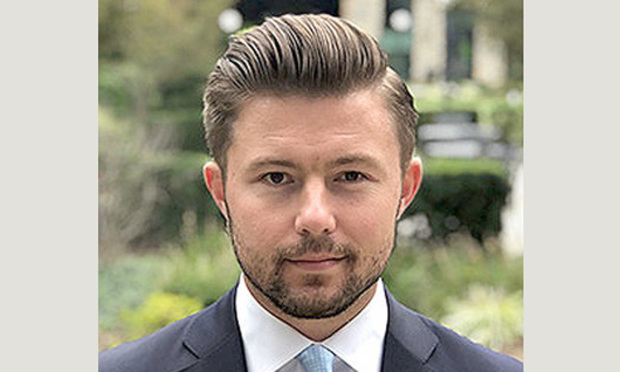The New York Times recently examined how declining drug reimbursement rates and cost pressures from companies managing drug plans for public and private health insurers are creating chaotic workplaces at some of the nation’s biggest retail pharmacy chains, see Ellen Gabler, “How Chaos at Chain Pharmacies Is Putting Patients at Risk,” New York Times, Jan. 31, 2020. The New York Times expose explores how understaffing has led to medication errors with catastrophic, and sometimes fatal, consequences. This is a significant public safety risk with enormous potential for civil liability when dispensing errors result in serious injuries. The article also reports that pharmacists facing unrealistic employment metrics are often pushed to fill prescriptions that are not medically necessary. There may be safety risks associated with this practice and, in some cases, and there is additional potential civil liability exposure in the form of health care fraud whistleblower claims.
Medication Dispensing Errors
As the New York Times reported, staffing cuts have led to longer shifts, minimal break time, and a great deal of distraction from the critical tasks performed by pharmacists. Pharmacists and other employees of understaffed pharmacies are forced to juggle administrative tasks and long lines while maintaining a focus on filling prescriptions accurately and counseling patients adequately.[5] Not only do these issues negatively impact pharmacists, but patients can also suffer serious potential consequences of such hectic workplaces.


 Zachary Arbitman, of Youman & Caputo.
Zachary Arbitman, of Youman & Caputo.




